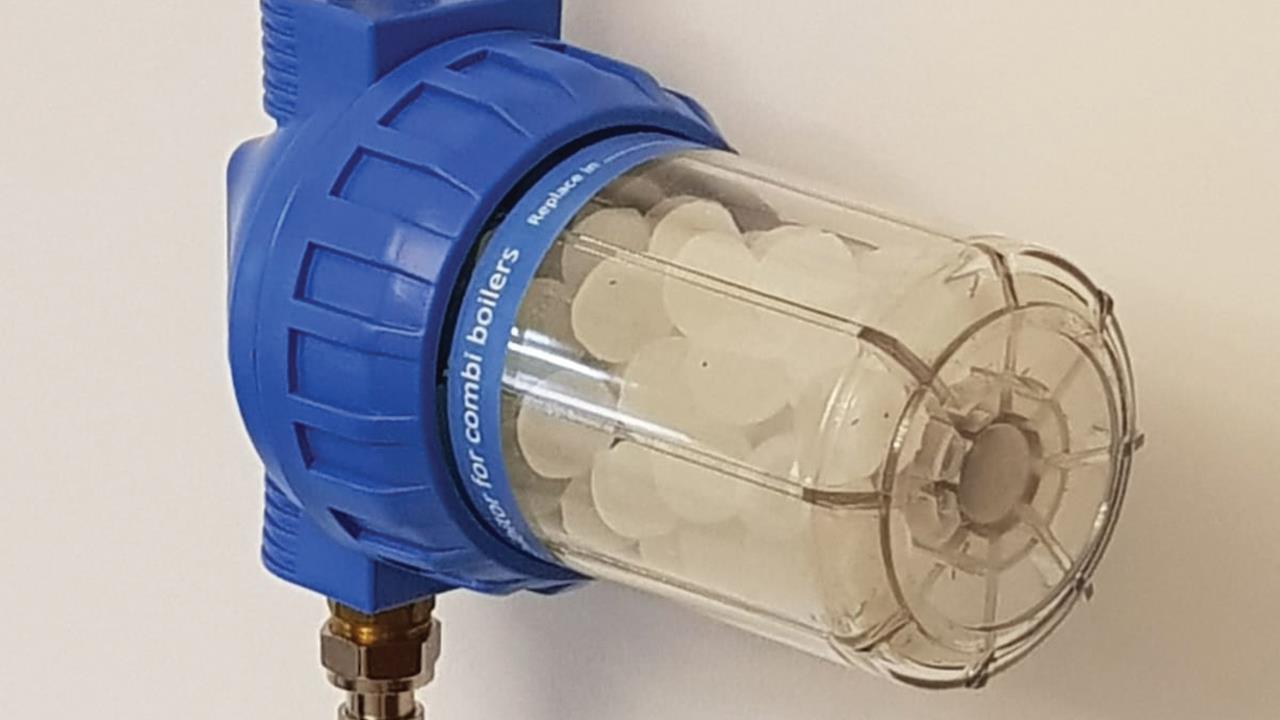

There seems to be a tendency to disregard some of the long term costs when calculations are made on ways to ‘save’ money on a project.
This has been seen in many situations, not just in renewables, but when purchasing any ‘save money’ device. The cost of maintenance and servicing may not be mentioned and, in many cases, the interest lost on capital expended is not even considered – even though it can be considerable.
For example, if you take the case of a large renewable energy system where £50,000 may be spent, that £50,000 was earning interest. Even at a lowly 1%, that interest amounts to £500 a year, which has now been lost to fund the project. So your ‘saving’ must be in excess of £500 a year before you look at any saving on the heating/water heating bill.
It is therefore vital to know your PASTA:
Your A must be more than your T, otherwise you may as well pass. Let’s take a theoretical 1.5kW wind turbine as an example over 25 years:
In this example, the installation of a wind turbine would be an exercise in how to lose money. All ‘money-saving’ investments must therefore be costed to see if they really will save you money over a period of time. This applies not just for major investments, but even small ones.
Limescale formation is not just an inconvenience to the appliance owner. It costs money in appliance efficiency, yes, but crucially it can cause the failure of parts in a very short time, resulting in the need to purchase a new heat exchanger, or perhaps even a completely new appliance. It is therefore vital to protect that appliance in a hard water area.
But if the expenditure on a ‘limescale inhibitor’ or water softener is high, then no matter how much it may protect an appliance like an expensive boiler from limescale deposits, the cost of the purchase will never be recouped.
Spending almost £1,000 on a water softener will ensure that your water appliances never suffer from limescale, but is it economic? Clearly not if you could spend less for the same protection. Especially as that £1,000 water softener will likely cost you (in addition to the install cost) an extra amount of money in salt and servicing down the line.
Years down the line, when you may have to replace your appliances for other reasons (as many people do), that water softener may not have actually ‘saved’ you any money at all. In fact, it may have cost you money. These are false economies. So, any capital expenditure to ‘save’ you money (on failed appliances) must be relatively cheap, while still able to do the job.
As well as water softeners, there are very many cheap (and not so cheap) limescale inhibitors that say they will save you money on repairs from limescale. An inexpensive limescale inhibitor would be the obvious preferred choice, and many installers sadly opt for the cheapest ones just to ensure the appliance is ‘protected’.
But so many ‘limescale inhibitors’ fail to come with any guarantee at all that they will do what they say they will. It is the installer’s responsibility to fit a device that they know will work, and will do so inexpensively.
The manufacturer may state something about ‘complying with Building Regulations’, but does it work? Can the installer walk away from their work knowing that they have fitted something up to the job? We get many phone calls from consumers unhappy with their installer that their boiler has failed after just three years – even though it has a limescale inhibitor fitted.
The client must therefore have a device that not only works, but is also priced appropriately. Otherwise, the consumer ends up paying out more in the long run and may as well not have bothered buying protection for their appliance at all.
It’s also vital that the limescale inhibitor purchased and installed is backed by a guarantee that it will perform – a guarantee that offers the purchase cost back if it doesn’t work, not just for 12 months, but for 12 years and longer.
If you'd like to keep up-to-date with the latest developments in the heating and plumbing industry, why not subscribe to our weekly newsletters? Just click the button below and you can ensure all the latest industry news and new product information lands in your inbox every week.